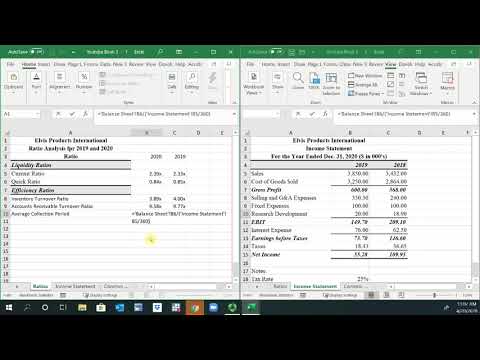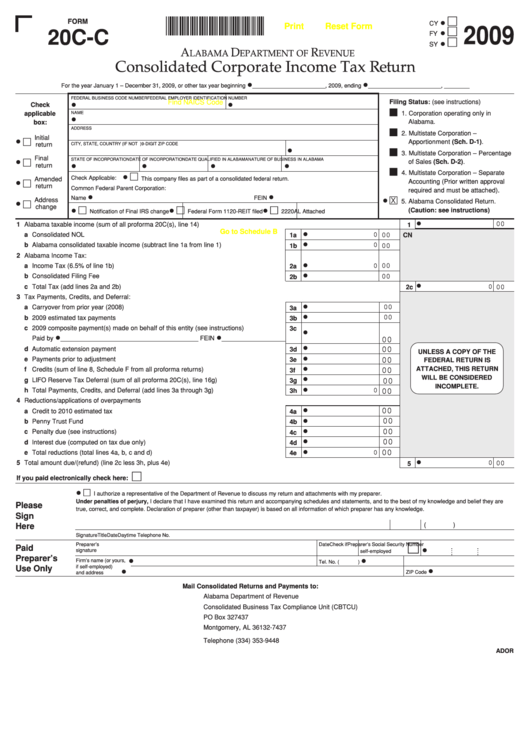
Any discrepancies need to be meticulously investigated and resolved to ensure the bank statement and the recorded transactions are in perfect alignment. This process also plays a vital role in ensuring that the company’s financial statements accurately reflect its true financial position, which is essential for decision-making and compliance purposes. Therefore, regularly comparing undeposited funds to bank deposits is an integral part of effective financial management. One crucial step is to review the undeposited funds account and ensure that it reflects the correct balance.
It also aids in maintaining an organized and up-to-date accounting system, which is essential for making informed business decisions and meeting regulatory requirements. Now, when you check the Bank Register for your checking account, you can see the deposit posted for the correct amount. Again, make sure you are selecting Undeposited Funds from the “Deposit To” drop-down menu, and save the transaction.
Next Steps: Review your Undeposited Funds account
QuickBooks takes care of invoice payments processed with QuickBooks Payments for you. If you need to combine payments processed outside of QuickBooks Payments, follow the steps in the next sections. The Undeposited Funds account keeps a record of payments in internal audit definition QuickBooks until you physically deposit the same payments at your real-life bank. Banks often combine all the payments you deposit into a single transaction.

Your customer has given you a payment for goods purchased or services rendered. If your customer is paying an invoice you have entered into QuickBooks Online and sent to them, you will want to record the payment using the Receive Payments option. You received the check on the last day of the year, which happened to be a Saturday.
- By reconciling undeposited funds, businesses can avoid discrepancies between their internal records and the bank statements, providing a reliable basis for decision-making.
- To begin, access the Banking menu in QuickBooks and select Make Deposits.
- So it makes sense to read or watch some tutorials when it comes to functions.
- If you try to do so, QuickBooks Online will just create a new Undeposited Funds account for you.
- Posting these payments to the Undeposited Funds account will allow you to correctly record the deposit in QuickBooks Online, making reconciling your bank account easier.
Best Accounting Software for Small Businesses of 2024
Identifying and addressing duplicate transactions can significantly contribute to fixing undeposited funds in QuickBooks Online, ensuring accuracy and consistency in financial records. Cleaning up undeposited funds in QuickBooks Online is essential to ensure accurate accounting records and maintain financial transparency. By following the step-by-step methods outlined in buy vs lease equipment this article, you’ll gain a clear understanding of how to manage undeposited funds effectively, ensuring the accuracy of your financial data. Therefore, it’s crucial for businesses to diligently record all deposits to maintain the integrity and precision of their financial records. It strengthens the ability to analyze cash flow and monitor the financial health of the business by providing a more accurate representation of bank deposits.
Step 2: Make Necessary Adjustments
Let’s look at how to record sales receipts and deposit the money you receive in QuickBooks. While processing invoice payments outside of QuickBooks and receiving payments for an invoice, QuickBooks will put them into Undeposited Funds automatically. This process involves identifying the undeposited funds, verifying the reasons for their deletion, and making corresponding adjustments in the account. It is crucial to maintain a clear trail of documentation to support the deletion, such as notes detailing the reason for the adjustment and any approvals required. Transparency is key, and any changes made should be well-documented and easily traceable. Undeposited funds in QuickBooks Online refer to payments received by a company that have not yet been deposited into the bank account.
Be sure to verify that the funds have been correctly allocated before finalizing the clearing process in QuickBooks Desktop. It’s vital to ensure that all deposited funds are accurately recorded as undeposited funds serve as a temporary holding account for received payments until they are deposited into the bank. Failing to record all deposits can result in misstated financial records and inaccurate bank balances. This can lead to confusion and inefficiencies during the reconciliation process, causing potential errors in bookkeeping and financial reporting. This review is imperative to initiate the reconciliation process effectively.
If you find that the deposit was posted straight to Income in the bank feed, un-reconcile the transaction, undo the entry and then match the transaction properly. While most of QuickBooks’ features are pretty well-known, some are not talked about as much. You have many accounting software options when it comes to keeping track of your business’s financial accounts. Many people enjoy using QuickBooks because it’s easy to use, has robust features, and can grow with their company.
The options (Save, Print, Email the Sales Receipt) are in the ribbon, so you can choose whether you want to print or email the sales receipt immediately or in a batch later on. Let’s look at them in more detail to get a better hold on how to work with the Undeposited Funds Account in QuickBooks.
Step 2: Compare Undeposited Funds to Bank Deposits
This process streamlines the bank reconciliation process and ensures that the company’s financial records accurately reflect the transactions. This begins by accessing the Undeposited Funds account in QuickBooks and reviewing all pending payments, ensuring that each transaction matches the corresponding customer invoice or sales receipt. Once verified, the payments should be deposited what is gross pay and how is it calculated into the appropriate bank account, and the transactions should be reconciled to reflect the accurate financial status.
